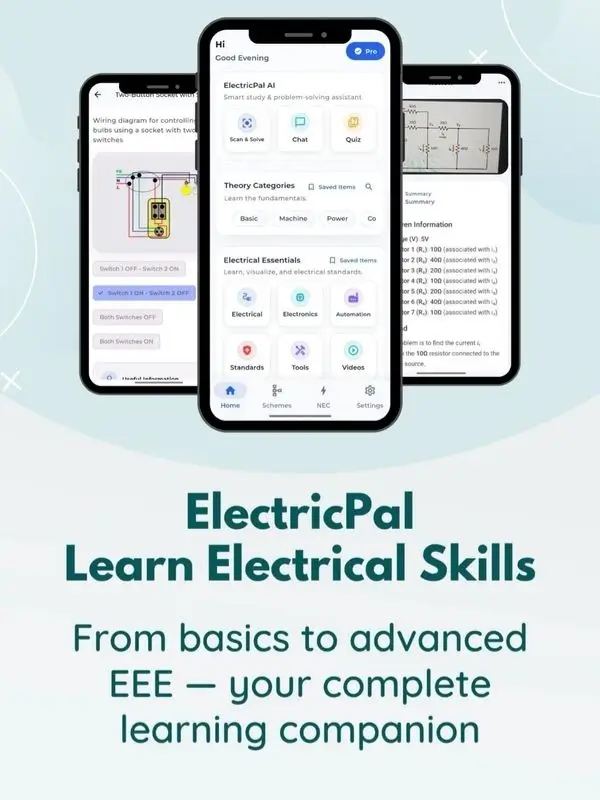Operating a generator requires careful preparation and adherence to specific safety guidelines to prevent accidents and ensure smooth functioning. Whether you are starting the generator, keeping it running, or shutting it down, following the proper steps can help avoid potential hazards and maintain the longevity of the equipment. This guide outlines the necessary precautions to take before starting a generator, the steps to safely operate it, and the procedures for shutting it down, ensuring both safety and efficiency.
Before starting a generator, there are several precautionary measures and rules that must be followed. Adhering to these guidelines can help us avoid various risks and accidents in the workplace.
Guidelines for Safely Starting & Shutting Down a Generator
Precautions Before Starting the Generator
- First, disconnect any power connections that may be present.
- If there is anything inside the engine, it must be removed.
- Check the engine belt properly. If necessary, tighten it properly and apply grease to the grease points.
- Physically inspect the engine in the engine room, such as checking for oil leakage, water leakage, fuel line, etc.
- Ensure that there is sufficient water in the surge tank. If necessary, add clean water.
- Turn on the gas line or diesel line. Check the gas pressure and air filter.
- Ensure that the engine has the required amount of water and lube oil. The water level indicator is used to check the water, and the dipstick level is used to check the lube oil.
- Check that the battery voltage and connections are correct.
Steps to Start the Generator and Precautions While Running
- First, check the control panel and turn on the control power.
- Start the engine using the Engine Control Switch (ECS), and the engine will start when it is set to START/MAIN. However, make sure to check the position of the IDLE/RATED switch. It is usually in IDLE mode.
- Since it is in IDLE mode, the engine will run for a short time (usually 3 to 5 minutes). The RPM will be 1000–1100 if the rated speed is 1500. Check the engine and generator metering. If everything is okay, switch to rated speed and let it run for 2 to 4 minutes.
- At rated speed, check all metering. If everything is okay, then:
- Be ready to load the engine. Now, match the generator voltage and frequency with the bus voltage and frequency. This is usually done automatically, but if not, adjust it manually.
- Press the AUTO or ACB close button or Hand ON LOAD button to load the engine. This can be done via a touchscreen or manual switch.
- As soon as ACB closes, increase the load and turn on the load switches. If there is another engine in parallel, ensure proper load sharing. In drop mode, adjust the load manually. In Isochronous Mode, auto load sharing will occur according to the rated load setting.
- Check all metering while under load.
- Log all metering in the logbook and check and record it in the logbook every hour.
Steps to Shut Down the Generator
- When shutting down, gradually reduce the engine load.
- If there is a Stop/Cool-Down option, press it, and the engine load will gradually decrease, leading to ACB opening.
- Afterward, the engine will switch from rated speed to idle speed and will automatically shut down. However, if the auto mode is not available, these steps must be done manually.
- Keep the engine running for five minutes without load to allow it to cool down gradually.
- While the engine is off, keep the control panel’s battery charger and the engine’s DC power on.
- Close the gas or fuel line.
Finally, do not attempt to work on the control system without fully understanding it. It is better to start work only after thoroughly understanding and observing practical aspects. Otherwise, there may be problems such as short circuits in the generator’s electrical line and backfire issues in the engine.
What are the key precautions to take before starting a generator?
Before starting a generator, it’s crucial to disconnect any existing power connections, check the engine belt and ensure it’s properly tightened, inspect the engine for any physical issues like leaks, and make sure there’s sufficient water and lube oil in the engine. These steps help prevent accidents and ensure the generator operates efficiently.
How do I properly start a generator?
To start a generator, first, turn on the control power on the control panel. Then, use the Engine Control Switch (ECS) to start the engine. Make sure the IDLE/RATED switch is in the correct position, typically IDLE, and let the engine run for a few minutes before switching to the rated speed.
What should I check while the generator is running?
While the generator is running, it’s essential to monitor all metering, ensure the engine and generator are functioning correctly, and adjust the load appropriately. Regularly check the battery voltage, connection integrity, and ensure the gas or diesel lines are operating smoothly.
What steps should I follow when shutting down a generator?
When shutting down a generator, gradually reduce the engine load. If available, use the Stop/Cool-Down option to allow the engine load to decrease slowly. The engine will then switch from rated speed to idle speed before shutting down automatically. Ensure to keep the engine running without load for about five minutes to cool it down.
Why is it important to understand the control system before operating a generator?
Understanding the control system is vital because improper handling can lead to severe issues such as short circuits in the electrical line or backfire problems in the engine. A thorough understanding of the system ensures safe and effective operation, minimizing the risk of accidents.



